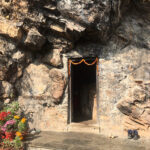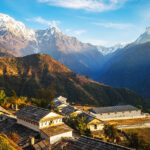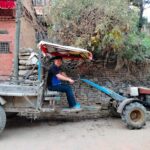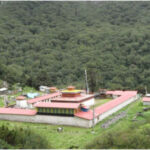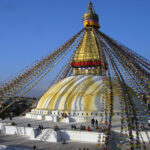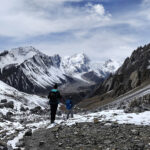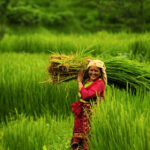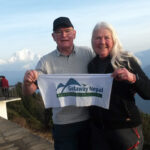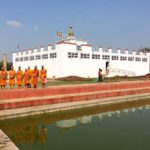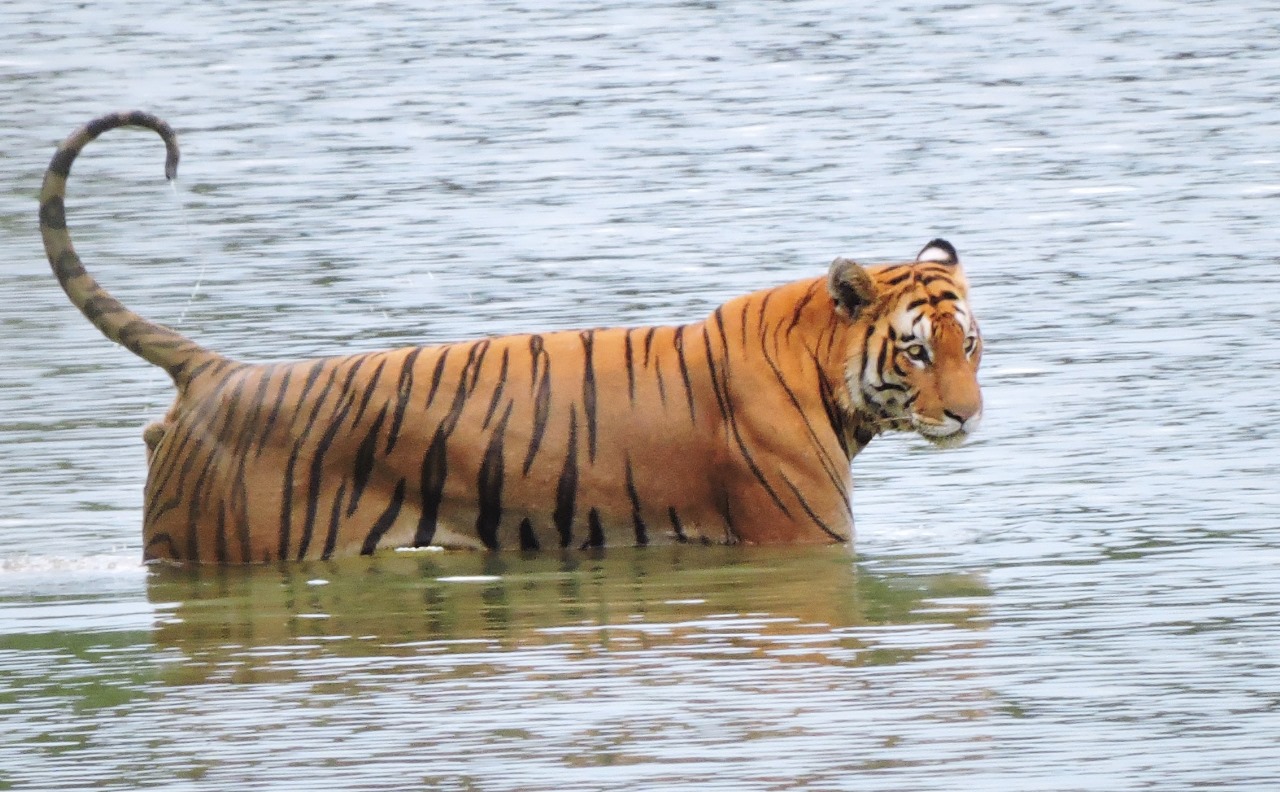
Bardia National Park Tour for Photographers
Tucked away in Nepal’s remote western Terai region lies a photographer’s dreamscape: Bardia National Park. This vast, unspoiled wilderness—Nepal’s largest national park—offers an extraordinary canvas for wildlife and nature photographers seeking rare subjects, dramatic jungle settings, and the thrill of raw, real wildlife encounters.
While many associate Nepal with the snow-capped Himalayas and trekking trails, Bardia delivers a completely different, yet equally compelling visual experience. Imagine the golden light of dawn reflecting off the rippling Geruwa River, a one-horned rhinoceros lumbering through the misty grasslands, or a Bengal tiger stealthily emerging from the shadows of the sal forest. For photographers craving authenticity, unpredictability, and world-class biodiversity, Bardia is a hidden gem waiting to be captured.
Why Bardia Is a Wildlife Photographer’s Haven
Bardia National Park covers over 960 square kilometers of varied ecosystems: riverine forests, wide-open grasslands, dense woodlands, and winding rivers. It is home to some of the most sought-after wildlife species in South Asia, including:
-
Bengal tigers, the park’s apex predator and most elusive prize
-
Asian elephants, often seen in small herds near rivers and watering holes
-
Greater one-horned rhinoceroses, found grazing or bathing in wetlands
-
Over 400 species of birds, from vibrant kingfishers and hornbills to rare raptors
-
Gharial crocodiles and mugger crocodiles sunning along the banks
Unlike the more visited Chitwan National Park, Bardia is far less crowded, offering photographers the space and time to work undisturbed. With fewer vehicles and no intrusive tourist noise, you can patiently wait for the perfect moment, whether it’s a tiger’s yawn, a charging elephant, or a stork in flight.
The low human footprint, combined with expert local guides and naturalists, creates an ideal balance of access and preservation. For serious photographers, it’s a place to not only observe wildlife, but to immerse yourself in the rhythms of the jungle.
Top Photography Activities in Bardia
1. Walking Safaris
Bardia is one of the few places in Asia where travelers can safely join guided walking safaris. These offer incredible proximity to nature, allowing you to silently move through habitats and photograph animals from unique angles. It’s a slower, more immersive way to capture behaviors and scenes that you’d miss from a vehicle.
2. Jeep Safaris
For covering large areas and seeking out high-profile wildlife like tigers and elephants, jeep safaris are essential. Accompanied by expert trackers, you’ll visit hidden watering holes and dense jungle trails, increasing your chances of rare sightings. Open-top jeeps provide a stable shooting platform with wide views.
3. River Rafting & Canoe Rides
Drift silently along the Geruwa River on a raft or canoe, camera in hand. Early morning light reflecting on the water creates a magical backdrop for photographing birds, gharials, and bathing animals. Rafting safaris also bring you close to riverside villages for candid cultural photography.
4. Bird Photography
With over 400 bird species, Bardia is a treasure trove for ornithologists and birders. You’ll find opportunities to photograph hornbills, bee-eaters, fishing owls, kingfishers, eagles, and many migratory species. The early hours are particularly rich for bird activity.
5. Tharu Cultural Encounters
The indigenous Tharu people, known for their resilience and deep connection to the land, live in villages around the park. A guided village tour offers stunning opportunities to photograph traditional dress, handcrafted homes, farming life, and colorful cultural rituals.
Best Time for Wildlife Photography in Bardia
October to April is the best season for photography in Bardia. Here’s why:
-
October–November: Lush greenery post-monsoon, ideal for landscape and bird photography. Wildlife sightings increase as the forest opens up.
-
December–February: Cool, dry weather with clear skies and golden morning light. Great for both animal and bird photography.
-
March–April: Hottest months with the best chances of spotting tigers. Animals are more active around rivers and watering holes, making photography easier.
Avoid June to September, the monsoon season, when trails can become impassable, and wildlife is harder to find due to dense vegetation.
Pro Tips for Photographers Visiting Bardia
-
Bring a long lens (300mm or more) for wildlife, and a wide-angle lens for landscapes and cultural shots.
-
A monopod or bean bag helps stabilize your camera during jeep rides.
-
Use silent shutter modes during walking safaris to avoid startling wildlife.
-
Stay multiple days (at least 4–5) to increase your chances of major sightings.
-
Work with a naturalist guide who understands photographic needs—they’ll help position you for the best light and vantage points.
-
Respect ethical wildlife photography practices—keep distance, avoid flash, and never bait or disturb animals.
Suggested Additions (Optional but Recommended)
If you want to expand the article slightly or add value, consider these topics:
1. Recommended Lodges for Photographers
Highlight eco-lodges and camps that cater to photography enthusiasts, offering early safari departures, knowledgeable guides, and flexible schedules.
2. Packing List for Photographers
Include essentials like rain covers, extra batteries, memory cards, travel tripod, and protective gear for dusty environments.
3. Photo Ethics in the Wild
A short section on responsible photography could help promote sustainable tourism and wildlife respect.
Final Thoughts
Bardia National Park remains one of Nepal’s best-kept secrets for wildlife photographers. Its raw beauty, tranquil atmosphere, and the sheer diversity of life offer the perfect stage for storytelling through imagery. Whether you’re capturing a tiger’s intense gaze, a rhino’s quiet moment in the water, or the rhythm of life in a Tharu village, every frame in Bardia tells a story of wildness, resilience, and connection.
For those with a lens and a passion for nature, Bardia isn’t just a destination—it’s a revelation.

